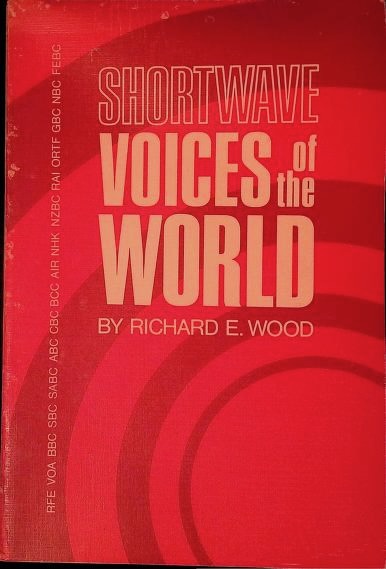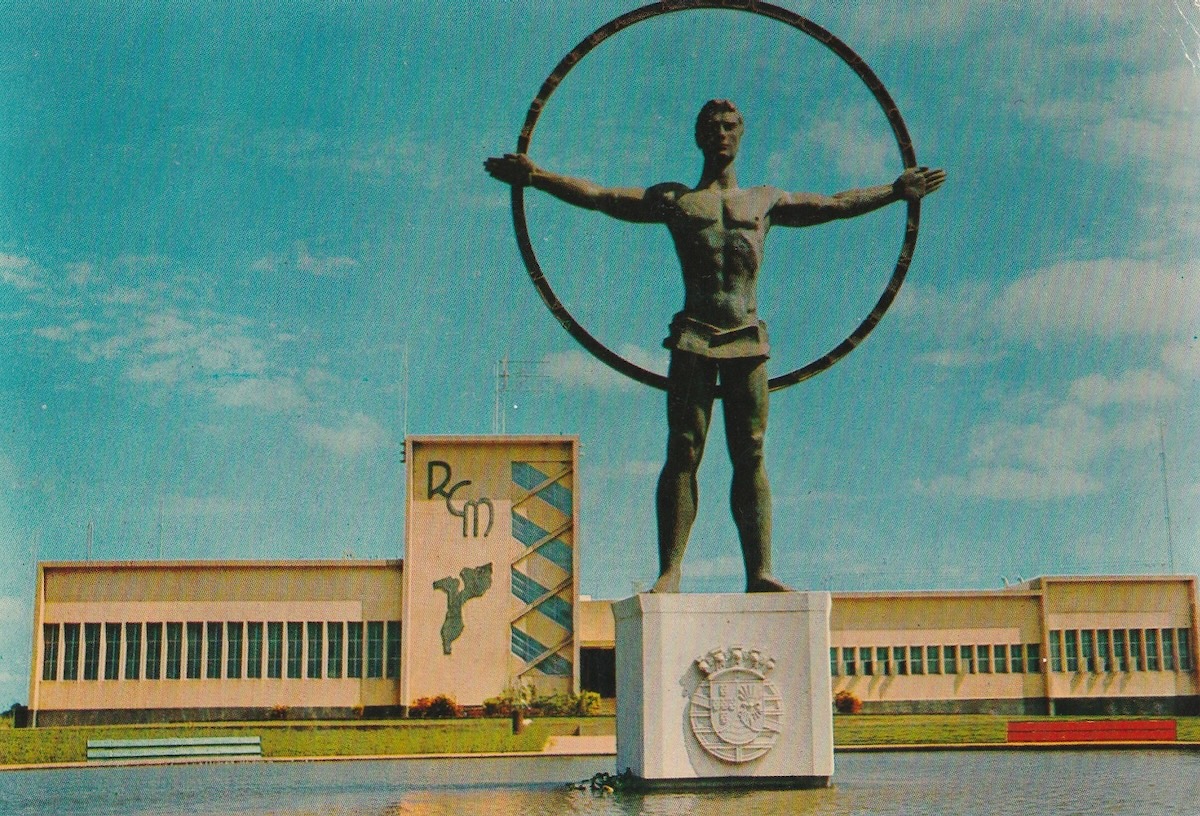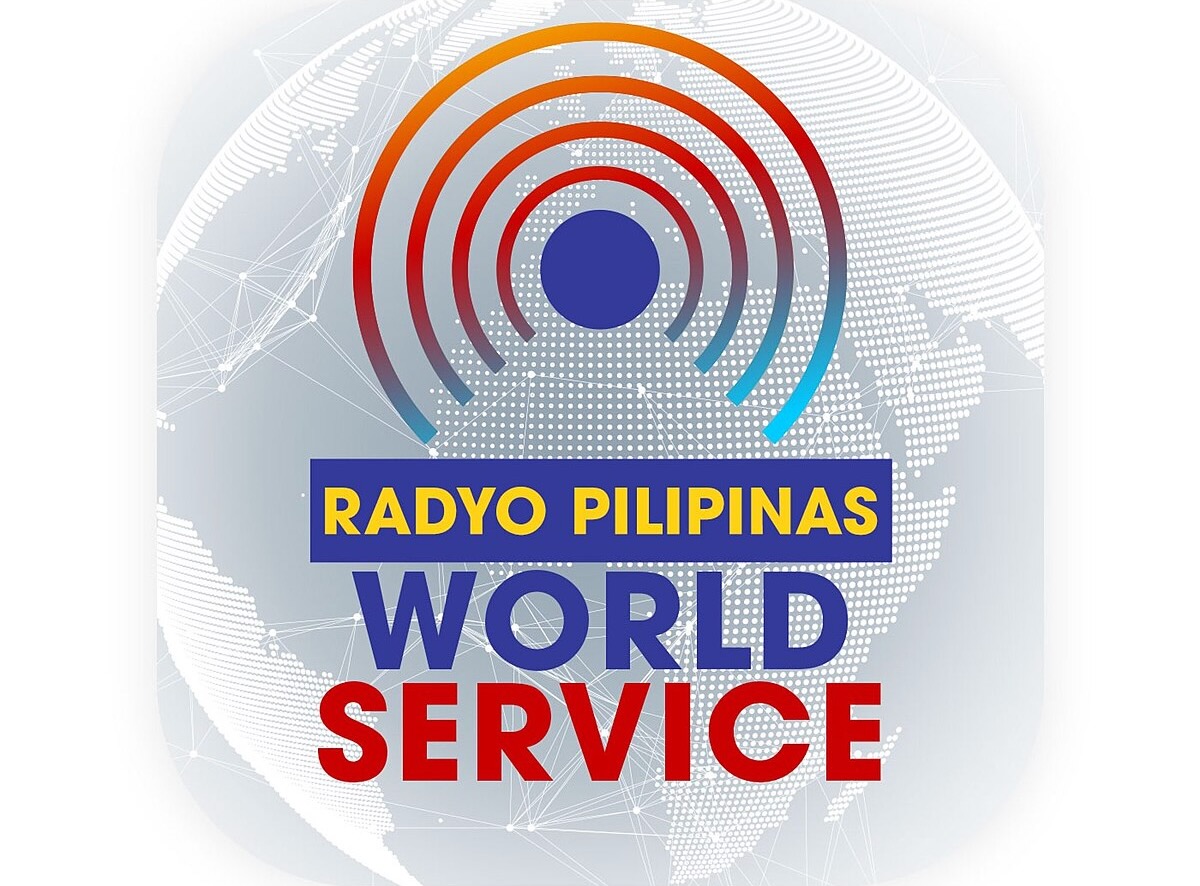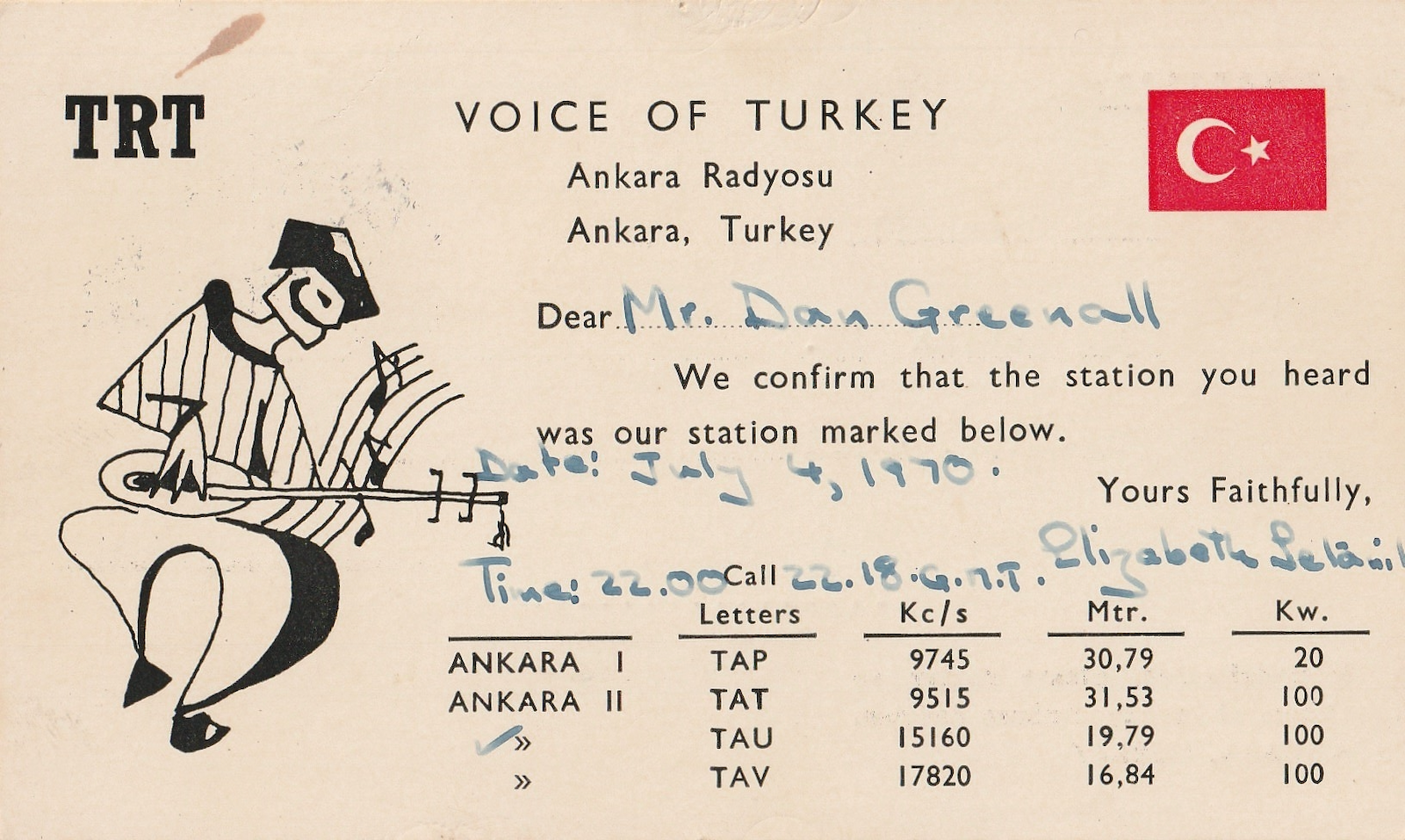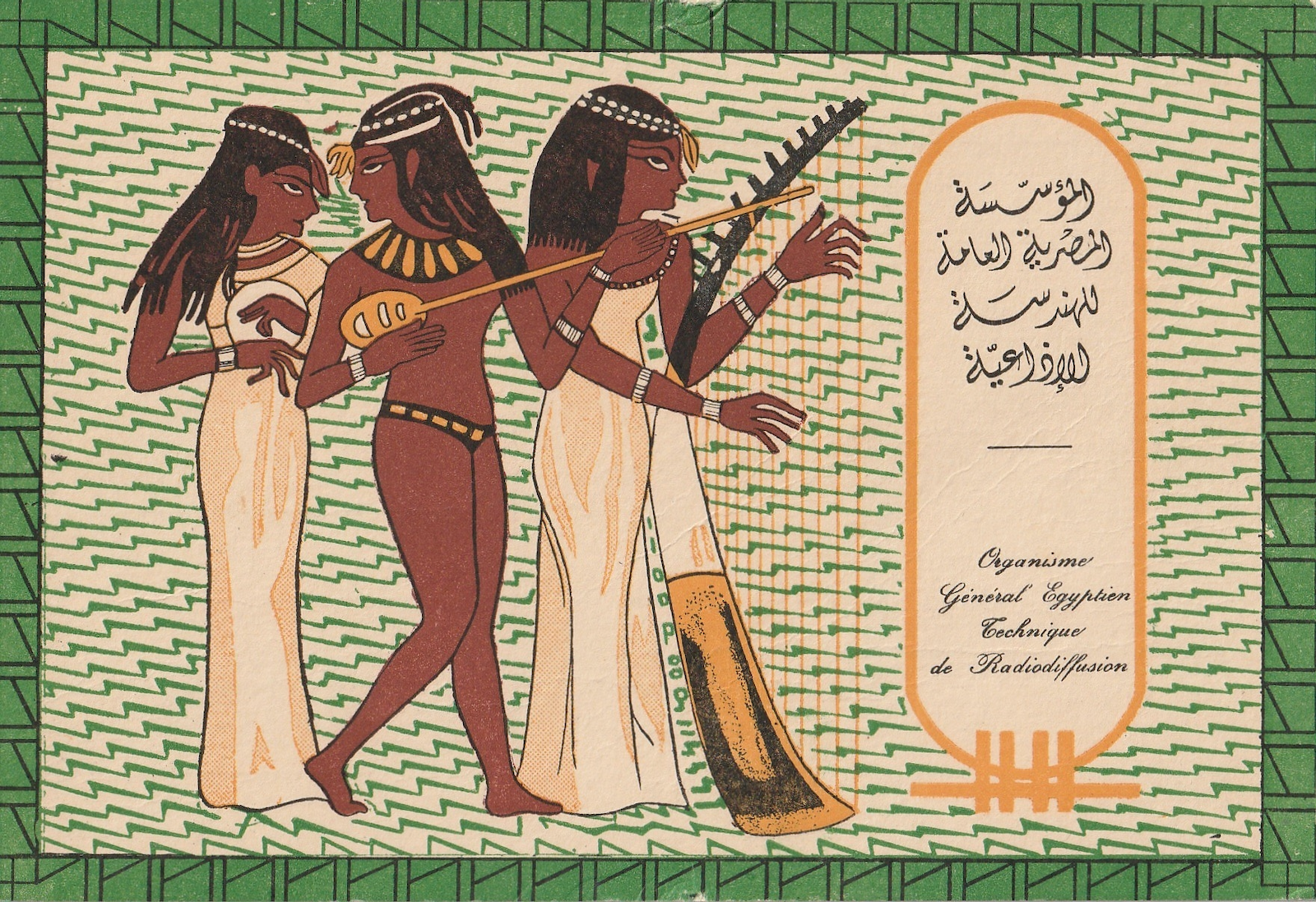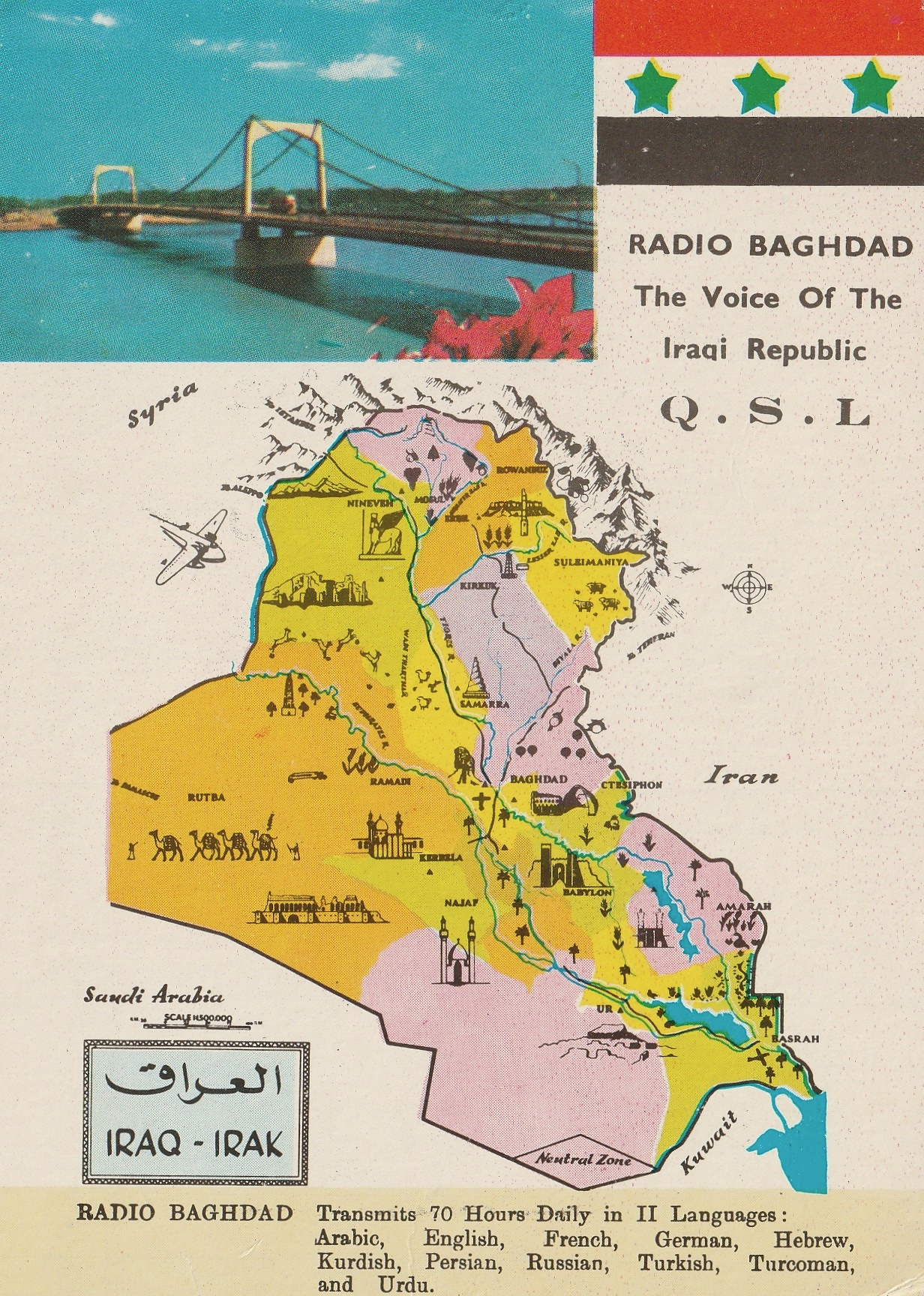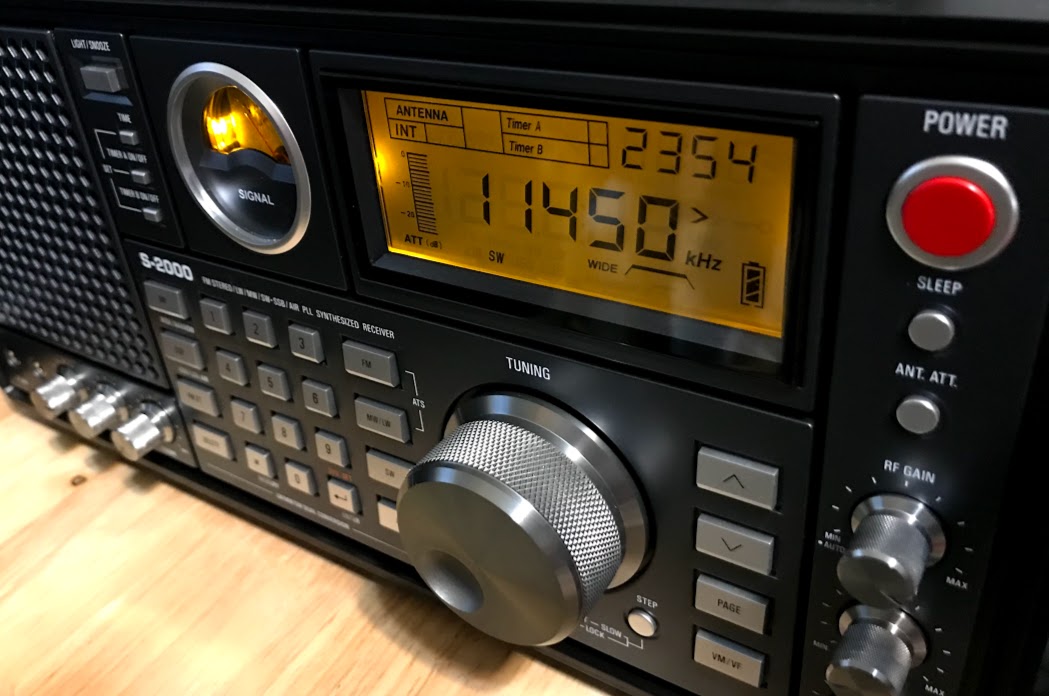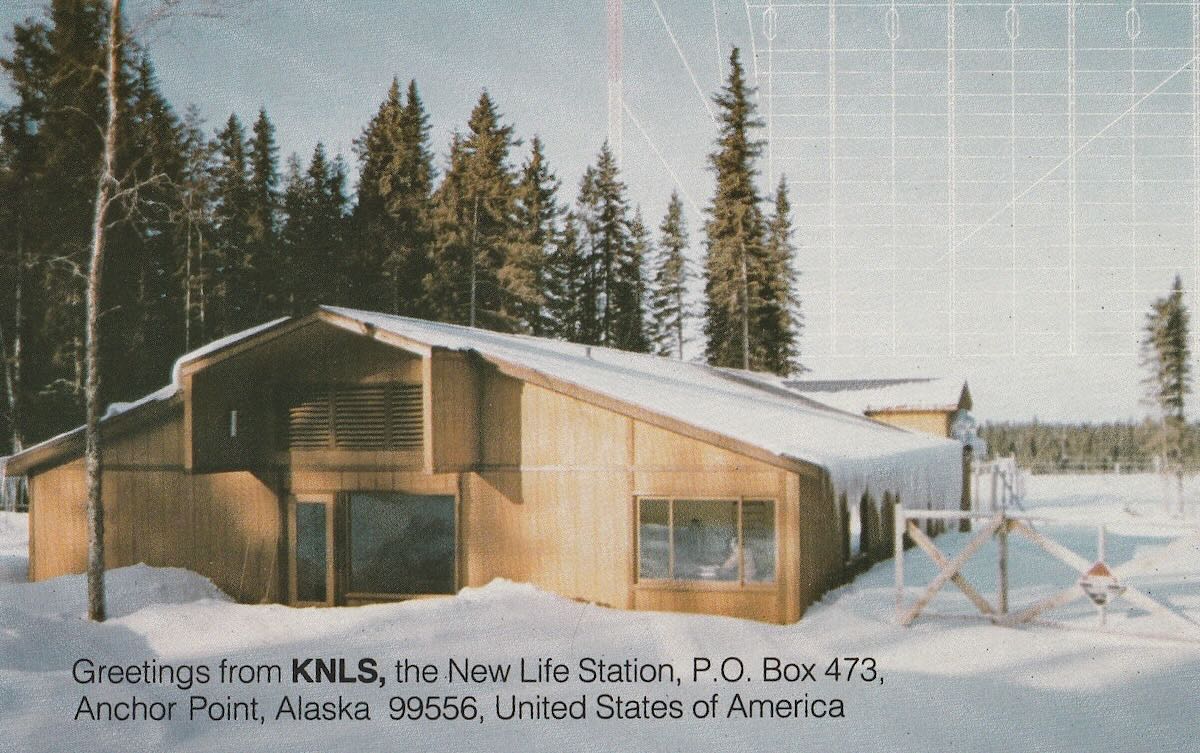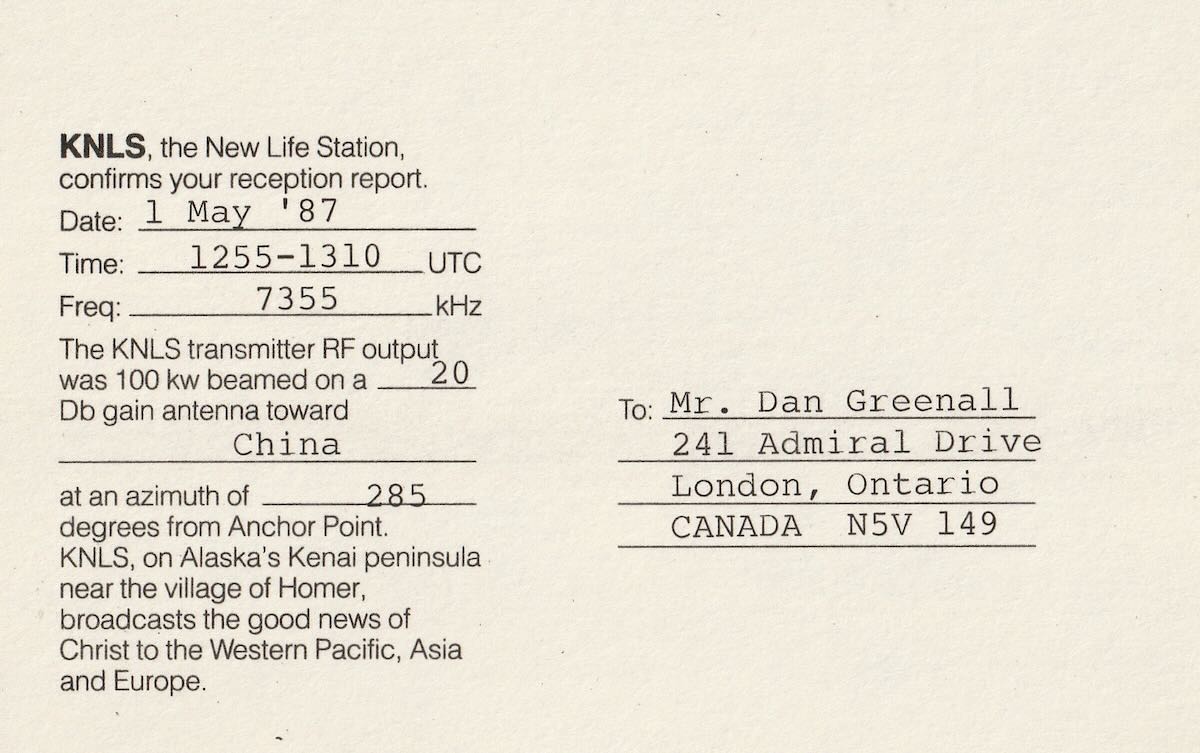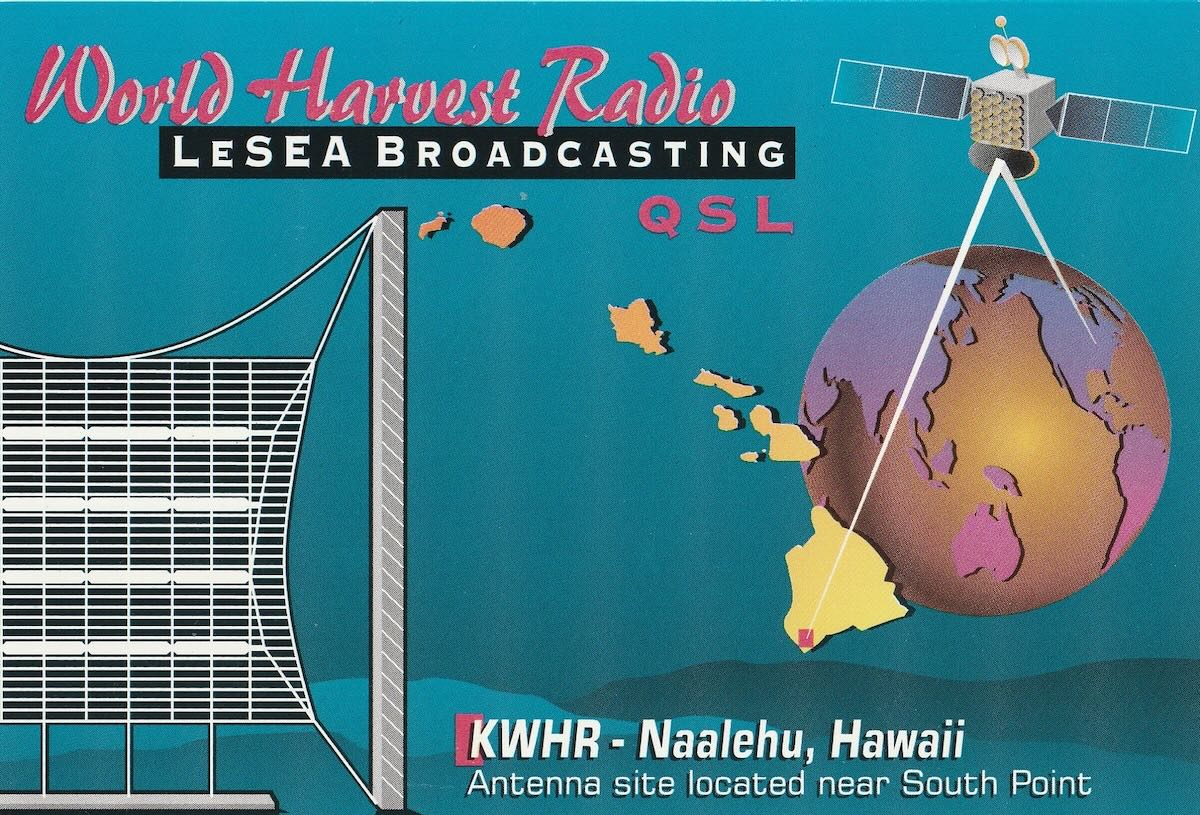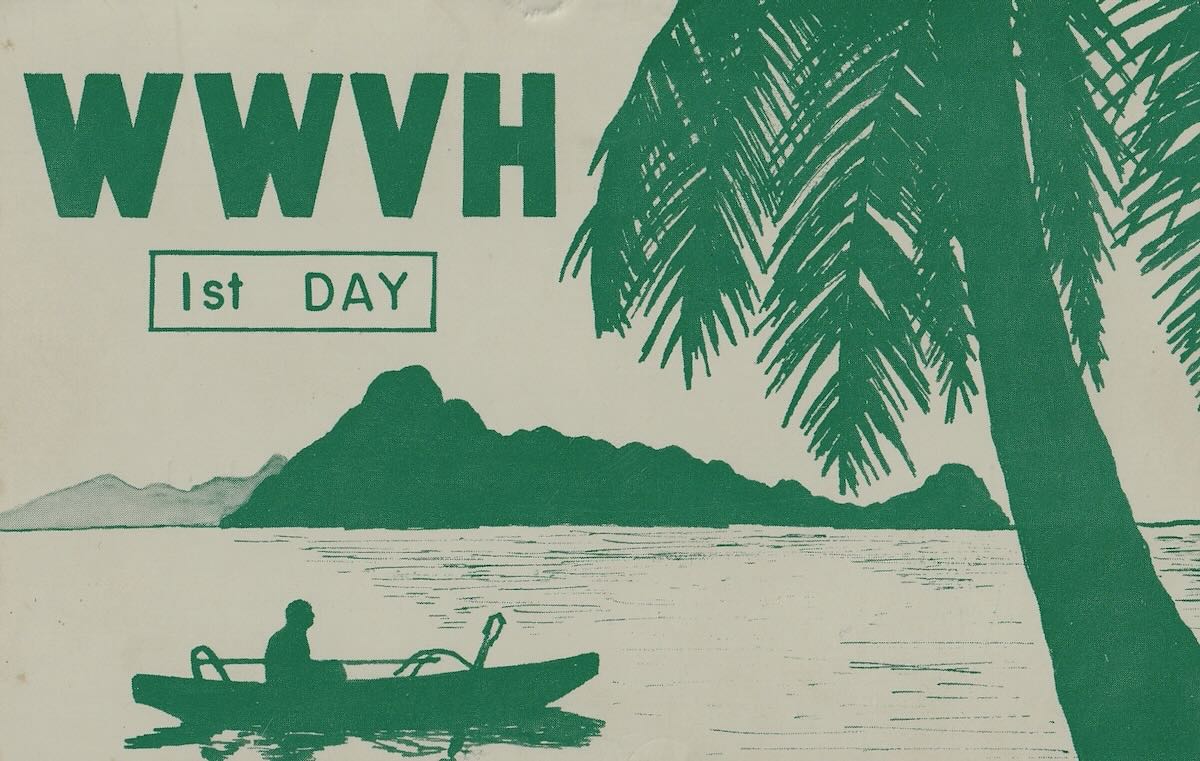by Dan Greenall
For nearly a half-century, The Voice of Free China broadcast programs via shortwave to a worldwide audience from Taipei, Taiwan. As a relatively new SWL in the early 1970’s, I was always excited to hear English language programs from that part of the world, far away from southern Ontario, Canada, where I lived. There was no relay from WYFR or Radio Miami International at that time, so the signal from Taiwan needed to travel over 12,000 km (7500 miles) to reach my receiver.
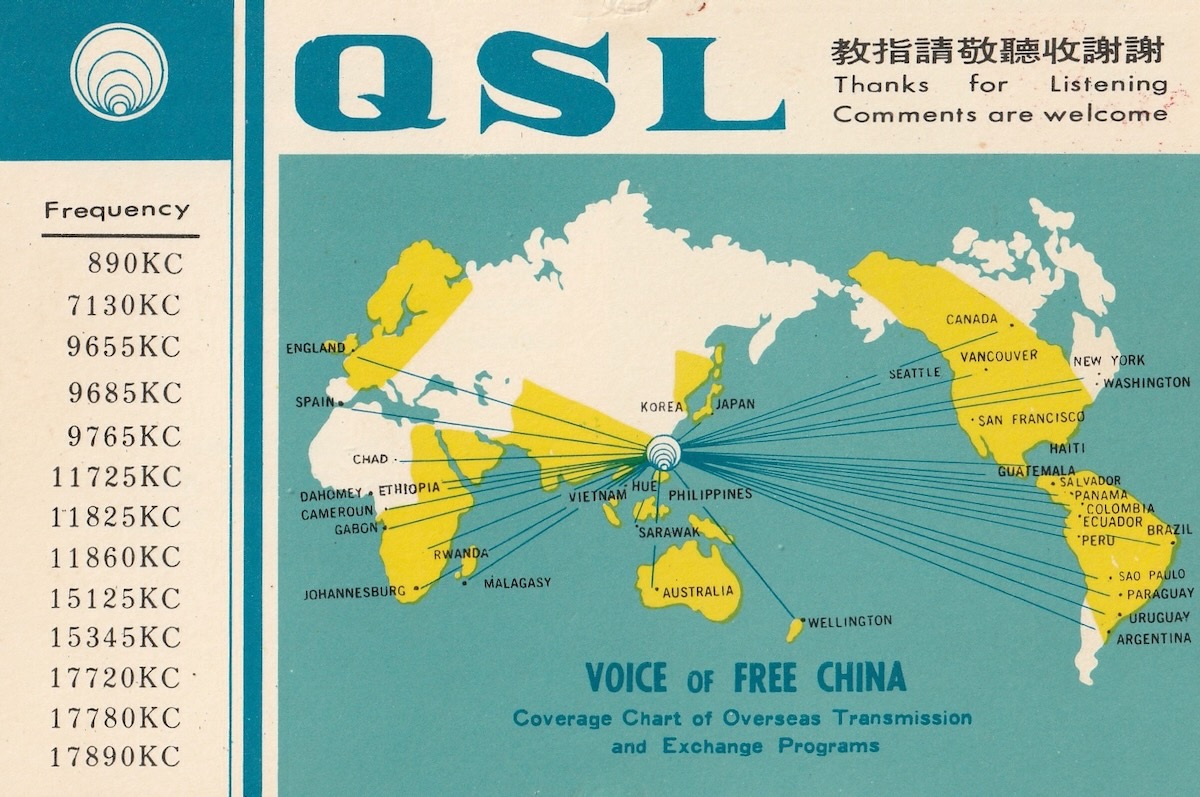 I made this recording of their interval signal and sign-on in early 1971.
I made this recording of their interval signal and sign-on in early 1971.
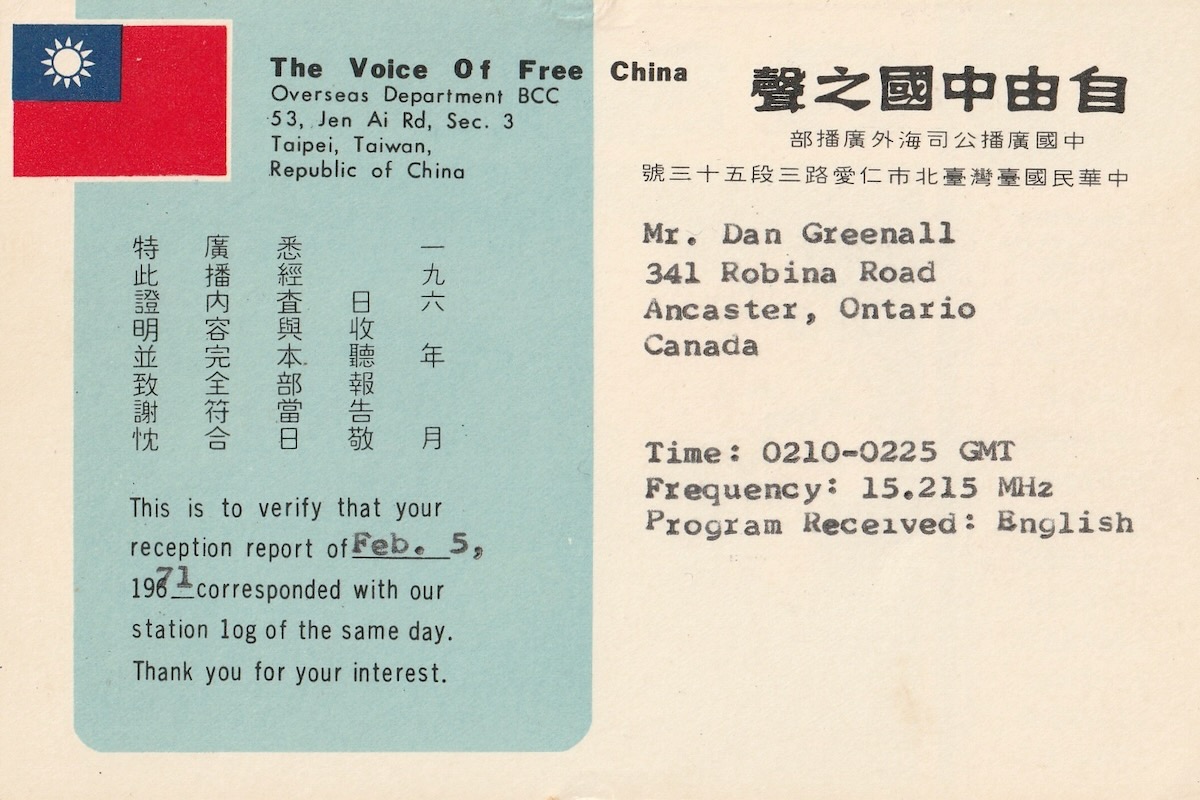 In 1998, the name of the station changed to Radio Taipei International, then again in 2003 to Radio Taiwan International.
In 1998, the name of the station changed to Radio Taipei International, then again in 2003 to Radio Taiwan International.
Today, Radio Taiwan International continues to offer programs on shortwave in a number of languages from a transmitter in Taiwan, though there appears to be only one English-language broadcast per day, that being from 1600 to 1700 hours UTC on 9405 kHz. Here is a recording of the station signing on at 1600 UTC on January 1, 2026 using a remote SDR located in Japan:
And here they are signing off for the day on December 27, 2025 at 1700 UTC on 9405 kHz, again using a Kiwi SDR in Japan.
The station is received well in southern Ontario during their daily 2200 UTC broadcast in Spanish on 15770 kHz. This transmission is aired using the facilities of Radio Miami International in Okeechobee, Florida. The Kiwi SDR used for this recording is located in my hometown of London, Ontario.

